Flutter is an open-supply UI software development kit created by means of Google, designed to equip software builders with the equipment to construct beautiful, natively compiled packages for cell, web, and computing device from a single codebase. As a pass-platform development framework, it empowers Flutter application developer to deliver exquisite, native experiences throughout gadgets and platforms with outstanding speed and efficiency. By alleviating the need for separate iOS and Android codebases, Flutter streamlines the app development procedure, making it a famous desire for software builders aiming for excellence in UI design and functionality.
The Role of a Flutter Application Developer
Flutter developers create aesthetically pleasing and seamless packages using Flutter, maximizing performance and UI expression across Android and iOS platforms. Their responsibilities span from coding to optimizing performance and aligning apps with user and business requirements, ultimately bringing app ideas to life.
Collaborating and Version Control in a Flutter Development Team
For better collaboration, the Flutter development team can use tools like Git that enable version control, collaboration, and code management. Using Git allows multiple developers to work on the same project at the same time by creating collections for different features or parts of the code. This collaborative approach supports efficient development, reduces conflict and error, and ensures that all team members are working toward common goals.
In the field of application development, a Flutter application developer is more focused on leveraging the power of Flutter to create cross-platform solutions that feature a high performance, scalable, native-like experience and this their expert knowledge in the Flutter SDK to create specific applications for their smooth animation and unified UI Empowers. As the business evolves, the Flutter Application Developer also plays a vital role in integrating the latest Flutter updates, ensuring that applications stay technologically advanced, and user satisfied.
Flutter Widget Library: The Building Blocks of a Flutter Application
Flutter’s core strength lies in its rich widget library that provides complex customizable elements to create visually appealing UIs. These widgets are reusable and can be combined to create a robust and dynamic system. With its vast array of widgets, Flutter developers can create applications that cater to a wide variety of user needs and preferences.
State Management in Flutter Applications
State management is important in any application development process. State management in Flutter refers to managed data or the current state of an app. The framework provides a variety of methods for controlling and updating process states, including setState(), the BLoC architecture, the Provider package, and Redux. Selecting the appropriate state control method depends on the application’s complexity and the team’s preferences.
The Importance of Testing in Flutter Development
Testing is an important part of any software development process because it helps identify bugs and ensures that the application performs as expected. In Flutter development, unit testing is done using the flutter_test package, which provides APIs for testing widgets, functions, and classes. Integration testing can be done with the Flutter Driver package, which allows developers to interact with the UI elements of the application.
Localization and Internationalization in Flutter Applications
Flutter’s internationalization (i18n) and localization (l10n) features enable developers to create apps that support multiple languages and cultures. The framework provides the Intl package, which provides an API to sort dates, numbers, messages, and currencies by locations. Additionally, the Flutter widgets make it easy to create user interfaces that can adapt to different text instructions and screen sizes.
Accessibility in Flutter Applications
Making applications accessible is important to reach a wider audience, including users with disabilities. Flutter offers various built-in accessibility features like screen reader support, high-contrast color blind mode, and text scaling. Developers can also use semantic packages to add custom accessibility labels and descriptions to UI elements for a better user experience.
Performance Optimization in Flutter Applications
While Flutter is known for its speed, developers can optimize their applications for better speed and performance. Some tips for optimization include using more efficient data structures, reducing the use of external packages, and using Flutter’s hot reload feature to test changes to code faster Additionally, developers can use tools such as Dart Observatory to analyze performance metrics and identify areas for improvement.
Continuous Integration and Delivery in Flutter Applications
Continuous integration (CI) structures automate the process of building and checking out code adjustments, permitting developers to trap mistakes early on. Flutter integrates seamlessly with famous CI tools consisting of Jenkins, CircleCI, and Travis CI. Similarly, non-stop transport (CD) structures automate the deployment system, making it less difficult for developers to release new variations in their app. Flutter works nicely with CD equipment like Fastlane and Codemagic. Using CI/CD in Flutter packages can store time and improve universal app exceptional.
Cross-Platform Development with Flutter
One of the most sizable advantages of using Flutter is its ability to create pass-platform programs. With Flutter, developers can write code once and set it up on each iOS and Android gadget without the want for separate coding languages or environments. This no longer best saves time and effort, however also lets in for a regular user revel in throughout platforms. Additionally, Flutter’s warm reload characteristic makes it clean to test changes on a couple of devices concurrently, making go-platform improvement even greater green.
State Management in Flutter Applications
State management is vital in constructing complex and statistics-pushed applications. Flutter gives numerous country control solutions, which includes Provider, Redux, MobX, and BLoC. These options allow builders to pick the first-class state control technique for his or her specific undertaking desires. Flutter’s reactive programming version additionally makes it simpler to handle state modifications and maintain the UI in sync with facts updates.
Conclusion
In this blog, we covered the basic development of Flutter and explored its features and capabilities. We learned about Flutter’s widget-based architecture, hot reload functionality, and simplified UI development. We also discussed state management solutions and the importance of debugging and testing in Flutter applications. Additionally, we discussed the benefits and challenges of Flutter for web development. With this knowledge, developers can confidently dive into Flutter and create high-quality cross-platform applications. The possibilities are endless with Flutter – so feel free to dive in and explore all that this powerful system has to offer. If you have any further questions or need assistance, please don’t hesitate to contact us.

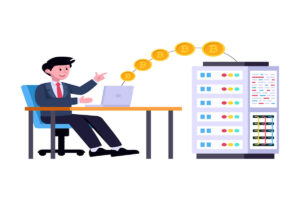

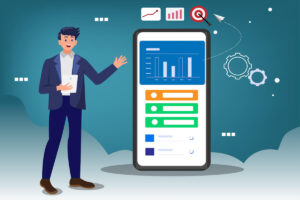
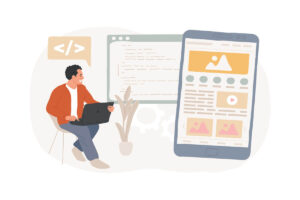

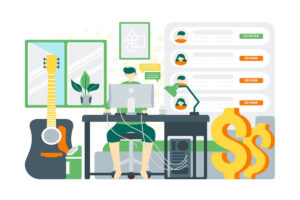

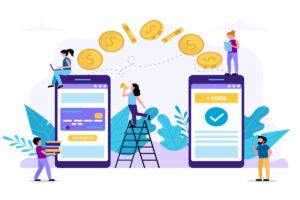


+ There are no comments
Add yours